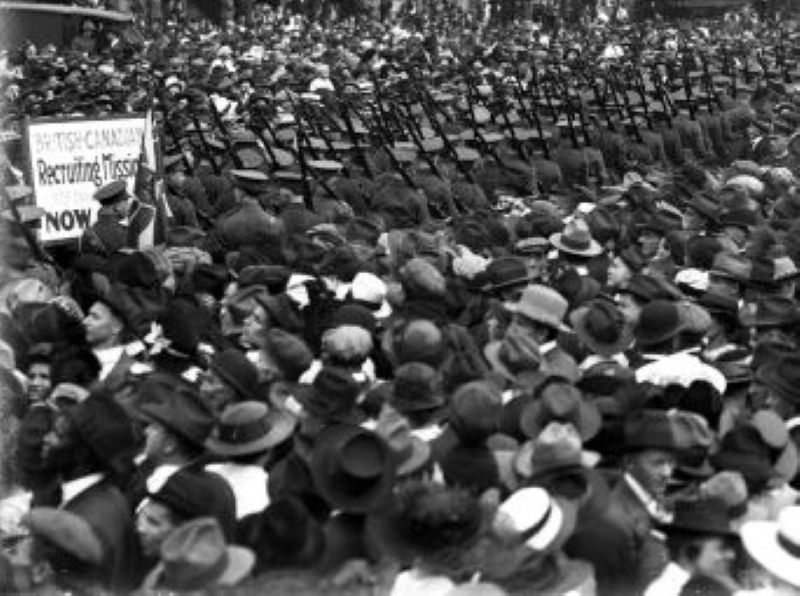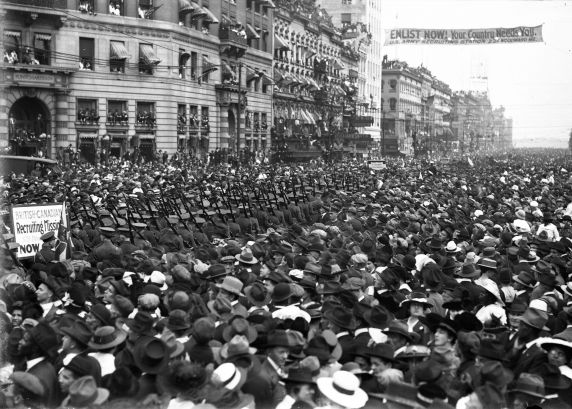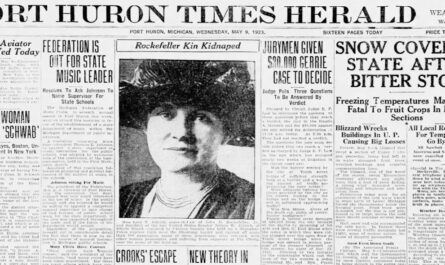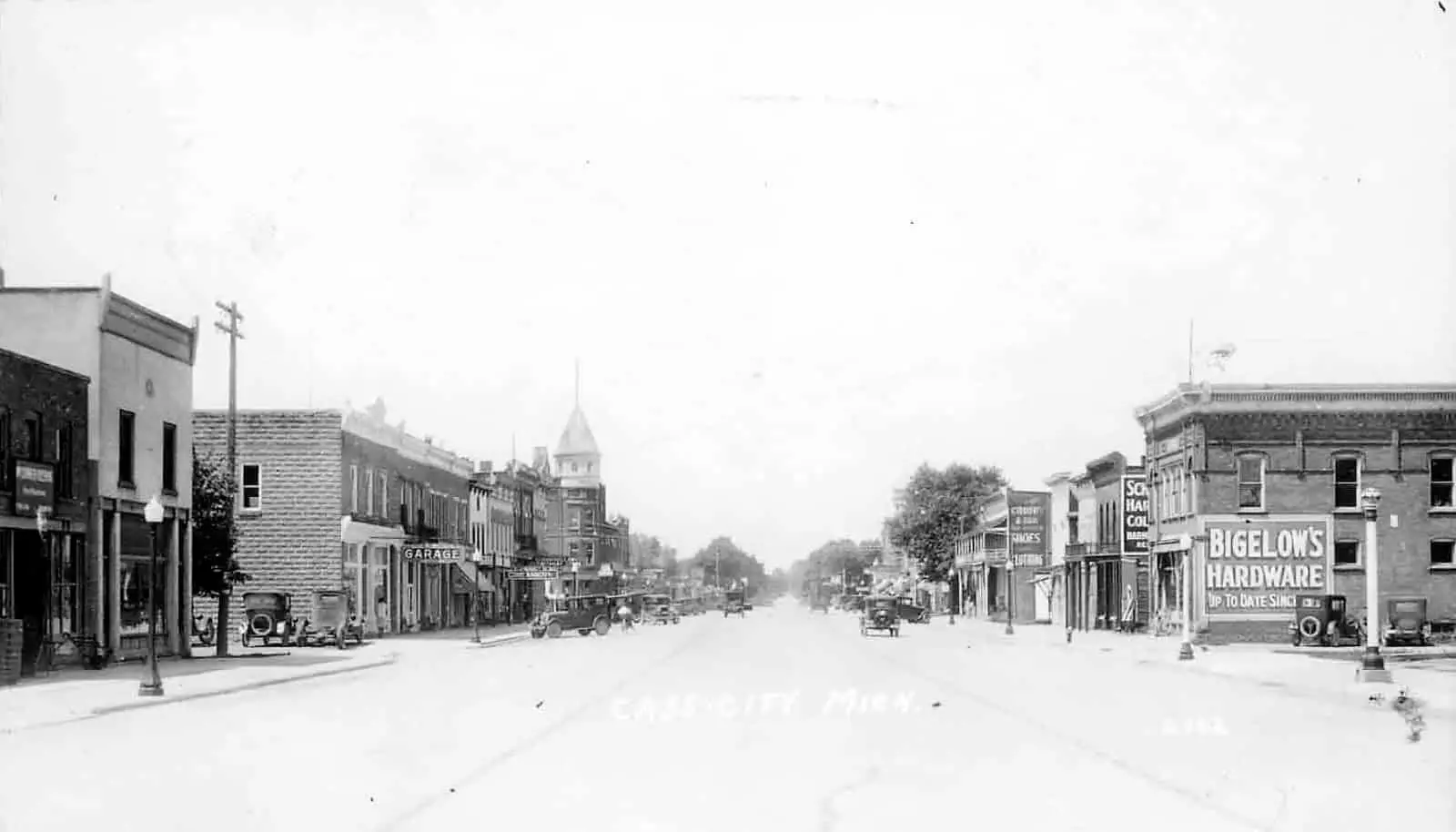A City Gathers
They came by the thousands—men, women, children—pouring into the heart of Detroit, Michigan, one warm day in 1917. The war in Europe had already raged for years, and now, America had joined. On Woodward Avenue, beneath tall buildings adorned with bunting and flags, a WWI Detroit parade reveals a glimpse of the nationalist fervor at the end of the Gilded Age in America.
The Detroit News photograph—grainy, black and white, but alive with movement—captures a moment as intimate as it is grand. In it, soldiers march in formation, fresh recruits still in the full bloom of youth, heading for the train station. Their destination: training camps across the country, and beyond them, the bloody, uncertain fields of France.
The Call to Serve

Above them floats a banner that reads:
“ENLIST NOW! Your Country Needs You!”
It’s not just a slogan. It’s a demand, a plea, a thread pulling at the very soul of a divided, yet awakening nation.
They marched through a sea of hats—fedoras, bowlers, straw boaters. The crowd that came to see them off was vast, stretching to the vanishing point, shoulder to shoulder, hats tipped in reverence, mouths opened in cheer or song or silent prayer. They gathered not just to send their boys off, but to stitch themselves into something larger: a national story of sacrifice, duty, and uncertain hope.
Detroit’s War Machine
Detroit, then a city on the rise, was already shifting. Its factories—once the proud heart of the automobile industry—had turned toward the war effort, hammering out trucks, artillery shells, and airplane parts. It was here, in the clang of steel and hiss of steam, that America’s industrial muscle met its martial spirit. From Liberty Truck production in Alma to sugar refineries, this small-town story reveals how the state contributed to America’s WWI mission.
The city had become a keystone of national preparation. Workers poured into assembly lines; women joined the workforce in new roles; schoolchildren collected scrap metal for the cause. The war effort was not just overseas—it was on every street, in every home, in every heart.
Absent Voices
And yet, for all its triumph, this moment is not without its shadows. The crowd is overwhelmingly white, reflecting the racial divides that ran deep in American life—and deeper still in its armed forces. African American soldiers, though ready and willing to serve, often marched elsewhere, in segregated units, away from the grand parades and proud send-offs.
Among the signs lining the street, one reads:
“British-Canadian Recruiting Mission – 378 Woodward Avenue.”
Even before the United States joined the war, Detroit had been a place where foreign-born sons—Irish, Scottish, English—volunteered to defend old homelands from new dangers. Here, patriotism flowed in more than one direction, woven from both loyalty and longing.
WWI Detroit Parade – The Road Ahead
For the men marching, the journey ahead was unknowable. Some would return as heroes. Others would not return at all. Many would come back changed—by gas, by shell, by the sheer scale of what modern war had become. But on that day, in that photograph, they were still ours. Still young. Still marching toward the great unknown.
This is how America prepared for its first true war overseas—not with silence, but with music and marching, with banners and hats and cheering streets. A city gathered. A generation departed. History stood watching.
Let Memory Speak
“History,” Ken Burns once said, “is human.”
In these faces, in this crowd, in this moment frozen in time—we see not just the facts of the past, but the feelings that shaped it.
Have a story from your family’s WWI years? Share it in the comments. Let memory speak. Let history live.



